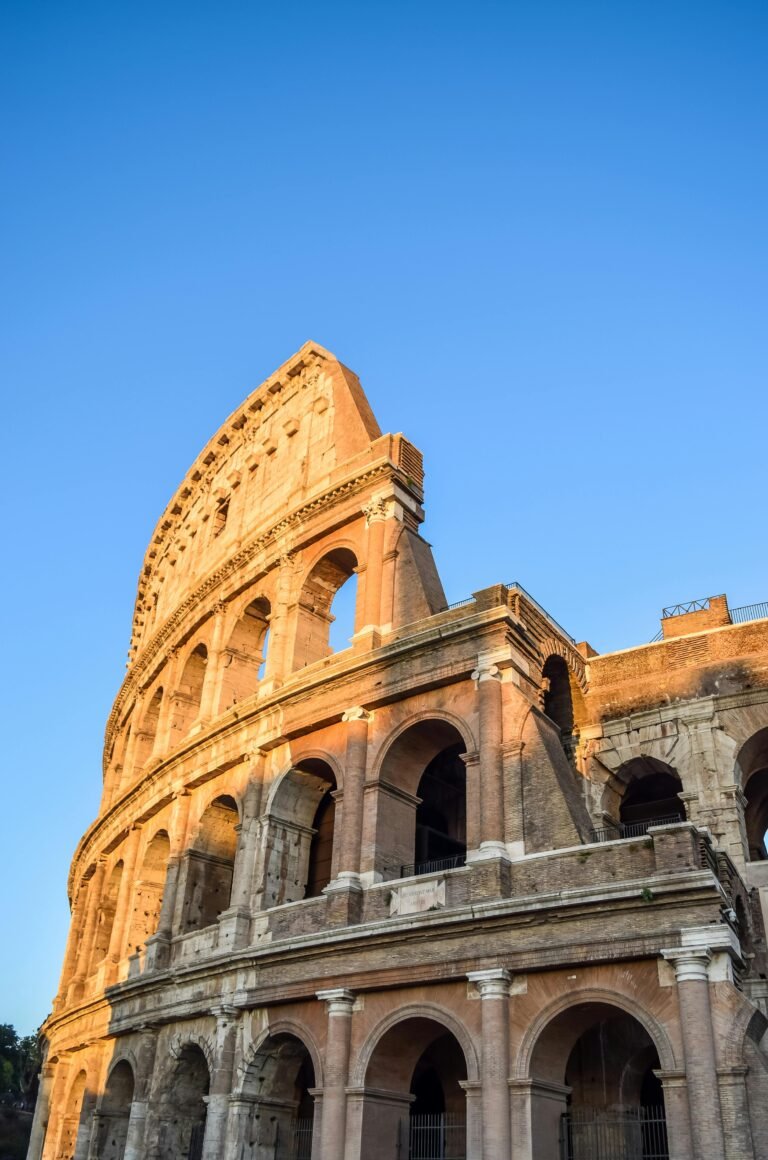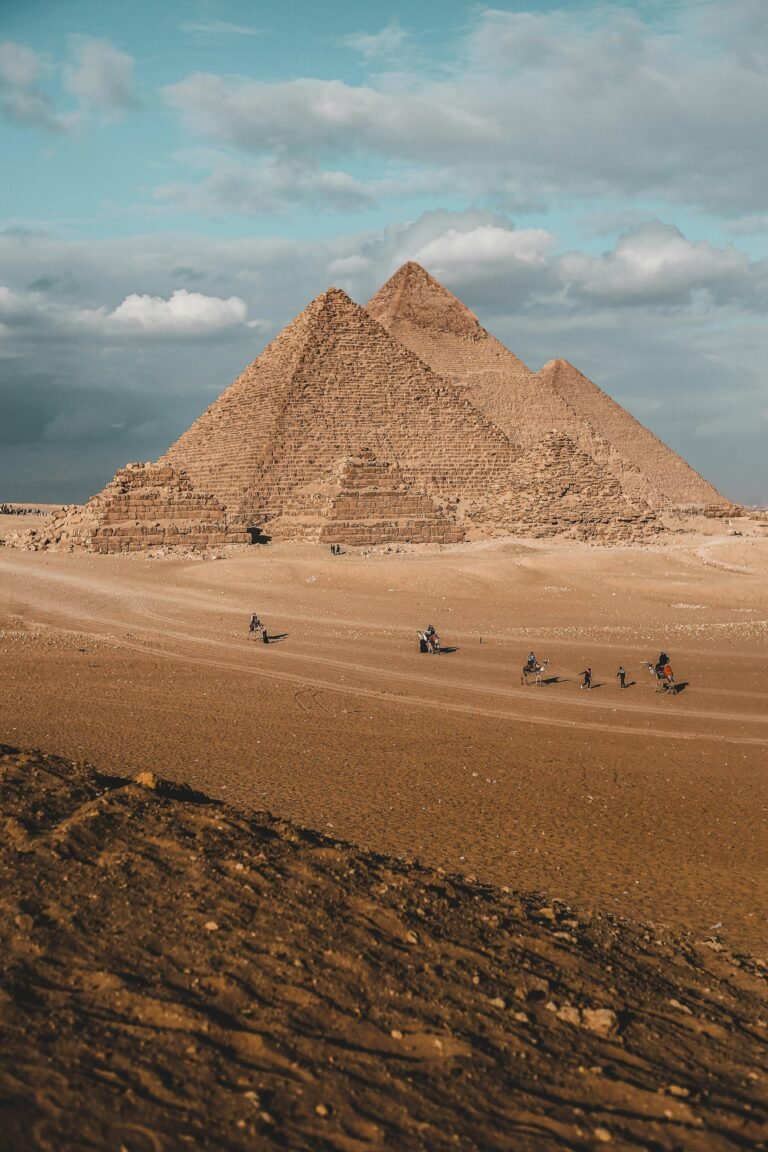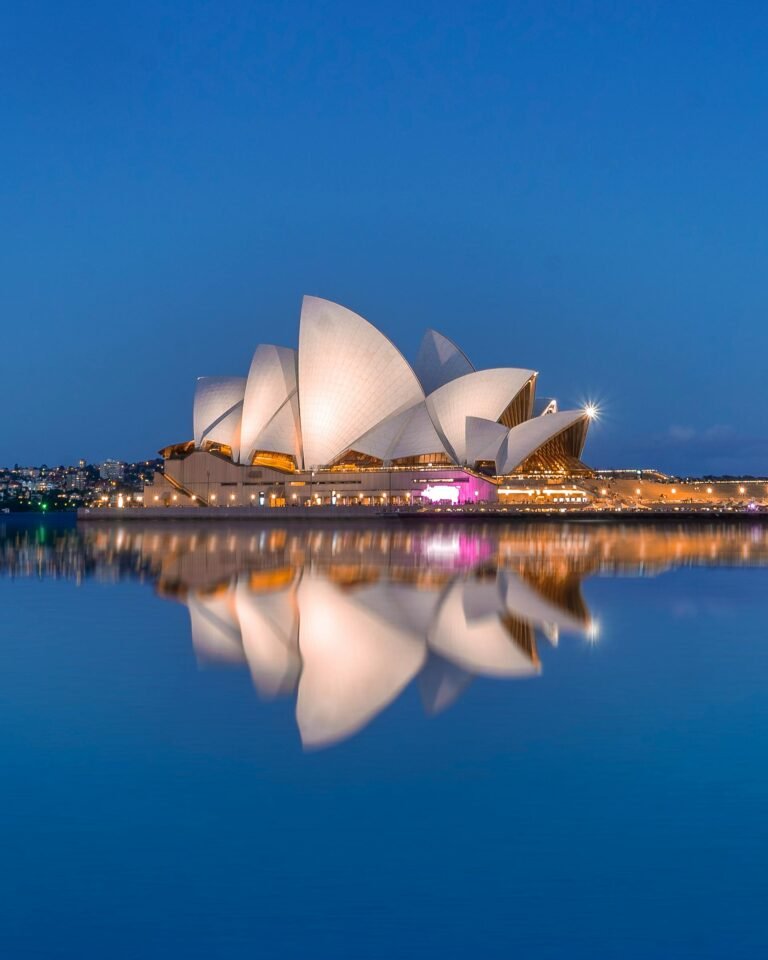
Table of Contents
ToggleIntroduction
Ever wondered where to dive into the heart of history, art, and culture? The world is peppered with awe-inspiring destinations that stand as gateways to the past and bridges to vibrant, living traditions. From ancient temples to grand museums, there’s something magical about stepping into a place with a rich cultural legacy. Here’s a look at some of the world’s top cultural places that you might want to add to your travel bucket list.
Why Explore Cultural Places?
Cultural places exploration isn’t just about sightseeing; it’s about connecting with the stories, art, and traditions of different civilizations. By visiting cultural landmarks, travelers can gain a deeper appreciation for the diversity of human expression and connect with the legacies of past generations. These places can also be transformative, offering new perspectives on art, religion, architecture, and more.
Asia’s Rich Cultural Heritage

The Forbidden City, China
In the heart of Beijing lies the Forbidden City, a symbol of China’s imperial history. Once off-limits to commoners, this majestic palace complex houses nearly 1,000 buildings with ancient artifacts and treasures. It’s a Cultural Heritage. Exploring its halls feels like stepping back into the Ming and Qing Dynasties.
Kyoto Temples, Japan
Kyoto, often called Japan’s cultural capital, is dotted with hundreds of temples. The Kinkaku-ji (Golden Pavilion) and Fushimi Inari Shrine are must-visits, showcasing Japanese spirituality and architectural beauty. Each temple offers insight into Japan’s peaceful Zen traditions and delicate design.
Taj Mahal, India
The Taj Mahal is more than just a stunning marble mausoleum; it’s a symbol of love and an architectural masterpiece. Built by Emperor Shah Jahan in memory of his beloved wife Mumtaz Mahal, the Taj’s beauty lies in its intricate carvings and majestic gardens, which make it one of the most iconic sites in India.
Europe’s Cultural Landmarks

The Colosseum, Italy
In Rome, the Colosseum stands as an enduring symbol of ancient Roman glory. This monumental amphitheater, which once hosted gladiatorial contests and public spectacles, is a fascinating glimpse into the entertainment and engineering feats of Ancient Rome.
Louvre Museum, France
Home to the Mona Lisa and a treasure trove of art spanning thousands of years, the Louvre Museum in Paris is a cultural icon. Its pyramid entrance, paired with its vast collection, makes it a dream destination for art lovers from around the world.
Sagrada Familia, Spain
Barcelona’s Sagrada Familia is a church like no other. Designed by Antoni Gaudí, this towering basilica combines Gothic and Art Nouveau forms, offering a unique architectural experience that transports visitors to another world. It’s a must-see for fans of both art and architecture.
Africa’s Cultural Wonders

The Great Pyramids of Giza, Egypt
The Pyramids of Giza are some of the oldest cultural landmarks in the world. These ancient tombs, built for Egypt’s pharaohs, continue to fascinate with their monumental size and precise construction. They’re a powerful reminder of ancient Egypt’s architectural prowess and its mysterious beliefs about the afterlife.
Marrakech Medina, Morocco
Marrakech’s Medina is a lively hub of Moroccan culture. Wandering its bustling souks, visitors can explore vibrant handicrafts, aromatic spices, and the city’s unique fusion of Arab, Berber, and Andalusian influences. The Medina also offers a glimpse into Morocco’s past, with its historic palaces and traditional riads.
Rock-Hewn Churches of Lalibela, Ethiopia
Lalibela’s rock-hewn churches represent a marvel of ancient Ethiopian engineering. Carved directly into the earth in the 12th century, these structures hold religious significance and draw pilgrims and travelers alike. Their unique architecture and spiritual aura make Lalibela a truly remarkable cultural site.
North America’s Cultural Icons

Statue of Liberty, USA
More than just a monumental statue, the Statue of Liberty is a global symbol of freedom and democracy. Located in New York Harbour, it was a gift from France and has welcomed immigrants and travellers since 1886. A visit here is a tribute to the ideals of liberty and opportunity.
Chichen Itza, Mexico
Chichen Itza, one of the New Seven Wonders of the World, is a testament to the sophisticated Mayan civilization. The Pyramid of Kukulcan, with its precise alignment to the sun during equinoxes, reflects the Mayans’ deep knowledge of astronomy and architecture.
Totem Poles of British Columbia, Canada
Totem poles, carved by Indigenous tribes of the Pacific Northwest, are found throughout British Columbia. These monumental carvings are both beautiful and meaningful, telling stories of ancestral heritage, culture, and spiritual beliefs.
South America’s Cultural Marvels

Machu Picchu, Peru
Nestled in the Andes, Machu Picchu is an ancient Incan city that captivates with its mysterious allure and breathtaking views. The site’s terraces, temples, and intricate stonework make it a world-renowned cultural landmark and a wonder of ancient engineering.
Christ the Redeemer, Brazil
Overlooking Rio de Janeiro, the Christ the Redeemer statue stands as a symbol of peace and welcome. This iconic statue is not only a marvel of engineering but also a spiritual symbol, representing faith and hospitality.
Easter Island, Chile
Easter Island’s Moai statues are some of the most enigmatic monuments in the world. These massive stone figures were carved by the Rapa Nui people and hold deep cultural and spiritual significance. A visit here feels like a journey to another era.
Oceania’s Unique Cultural Spots

Sydney Opera House, Australia
Australia’s Sydney Opera House, with its sail-like design, is a landmark of modern architecture. Beyond its striking exterior, the Opera House is a center for performing arts, hosting a variety of concerts, plays, and events that reflect Australia’s dynamic cultural scene.
Maori Cultural Sites, New Zealand
New Zealand’s Maori heritage is beautifully preserved in cultural sites such as the Waitangi Treaty Grounds and Whakarewarewa Village. Visitors can experience traditional Maori customs, performances, and artwork, gaining a unique insight into the Maori worldview and their strong connection to nature.
Conclusion: The Magic of Cultural Exploration
Exploring cultural sites around the world is more than just sightseeing; it’s about connecting with the stories and heritage that make each place unique. Every site, from ancient temples to modern landmarks, offers a window into different ways of life, beliefs, and traditions. So, the next time you plan a trip, consider adding a cultural destination to your list—you’ll be rewarded with memories and insights that go beyond the ordinary.
FAQs
- What makes a place a cultural landmark?
A cultural landmark is a location that holds historical, architectural, or social significance, representing the heritage and identity of a community or civilization. - Are cultural sites only historical places?
Not necessarily. While many cultural sites are historical, others reflect modern architecture, art, and traditions that are equally significant in understanding a place’s identity. - What is the best way to experience a cultural site?
The best way is to immerse yourself by taking guided tours, engaging with local guides, and respecting the customs and traditions of the place. - Are there cultural sites in every country?
Yes, every country has unique cultural sites, whether ancient temples, art museums, or community centers, each reflecting its unique heritage and story. - How can I show respect when visiting a cultural landmark?
Respect local customs, dress modestly when required, avoid taking photos where restricted, and be mindful of the cultural significance of the site.